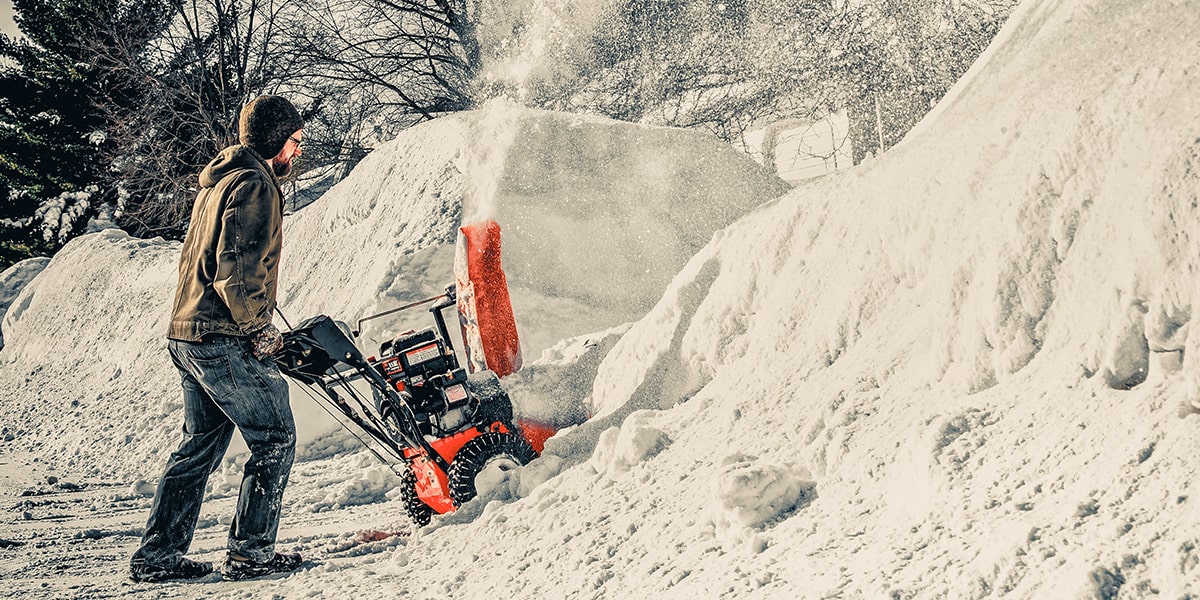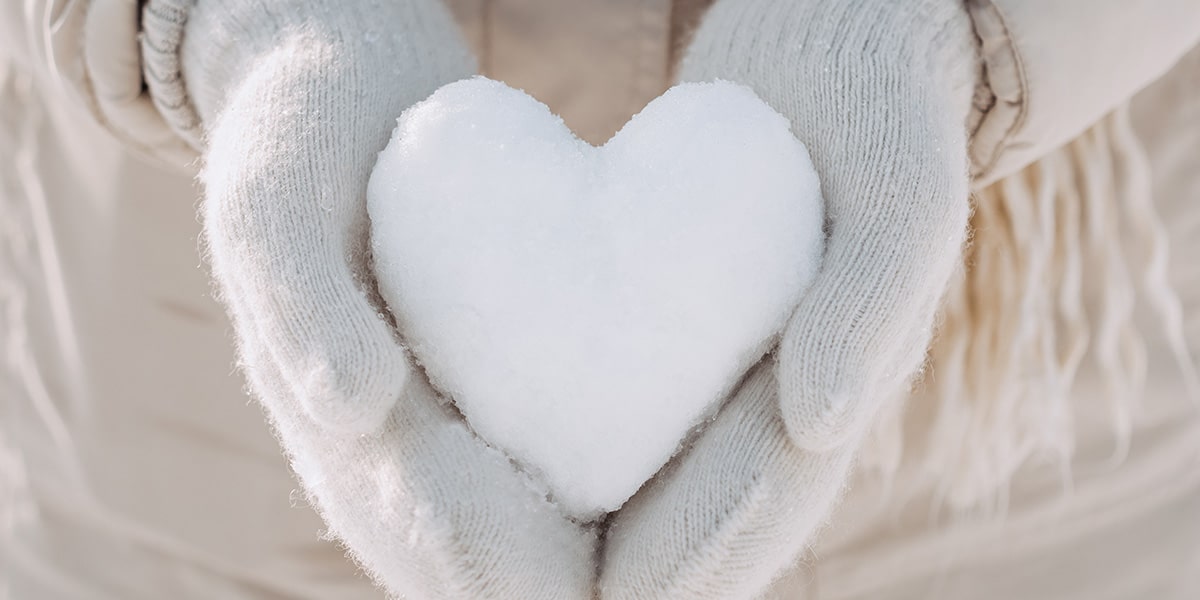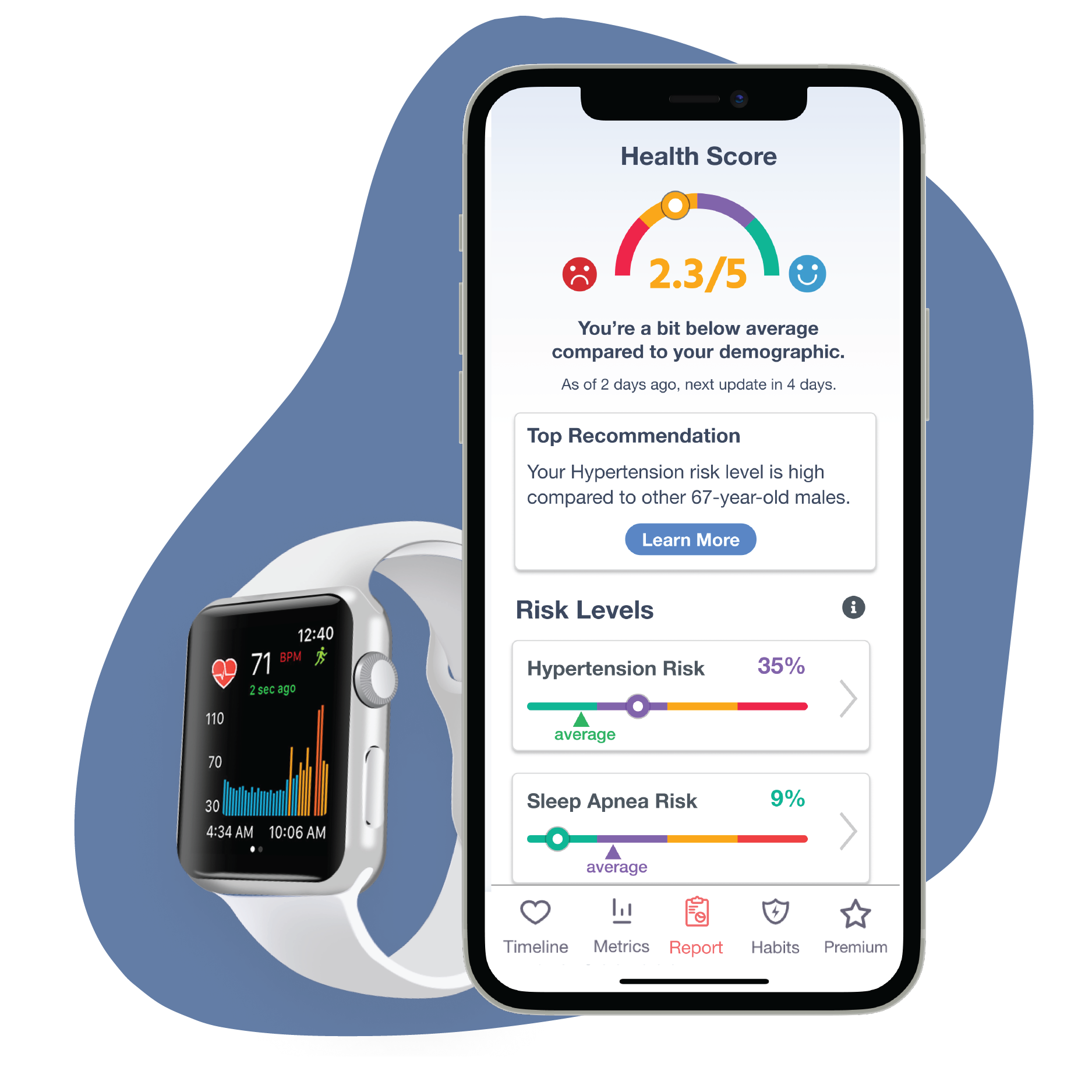
Well, a few things. The physical intensity of shoveling snow can both increase your heart rate and blood pressure. Not only that, but it can do so quickly. After all, you’re moving hundreds of pounds of snow. (That’s no small feat.) And this is often done without any sort of warm-up beforehand.
The low temperatures add another risk.2 In the cold, your blood pressure rises, blood vessels constrict, and blood flow can be interrupted. All of this, especially in conjunction, can increase risk of blood clots, stroke and cardiac events.


The simple answer? Don’t shovel. Especially if you haven’t exercised lately or know you’re at greater risk of heart attack. But if you really have to shovel, here are 4 tips for staying safe:
- Warm up first. This can be simple. Think stretching, walking around the house, or some gentle lifting. Just something to incrementally get your blood pumping and muscles prepped.
- Easy does it. You may want to get the job done as quickly as possible, but this can cause a lot of stress on your heart. Try to move lots of smaller loads rather than fewer heavy ones.
- Take breaks. By shoveling a little at a time, and following up with a rest, you give your heart grater chance to recover.
- Stay hydrated. Proper hydration helps your body maintain healthy blood pressure and blood flow.
Of course, if you start to feel any chest pain or discomfort, immediately stop what you’re doing and go inside to rest. And if you’re concerned you could be experiencing a heart attack, call 911.
- Pain or tightness in chest, neck, back or arms
- Lightheadedness
- Fatigue
- Rapid or abnormal heart rate (be sure you’ve set your Cardiogram heart rate alerts)
- Shooting pain down left arm




